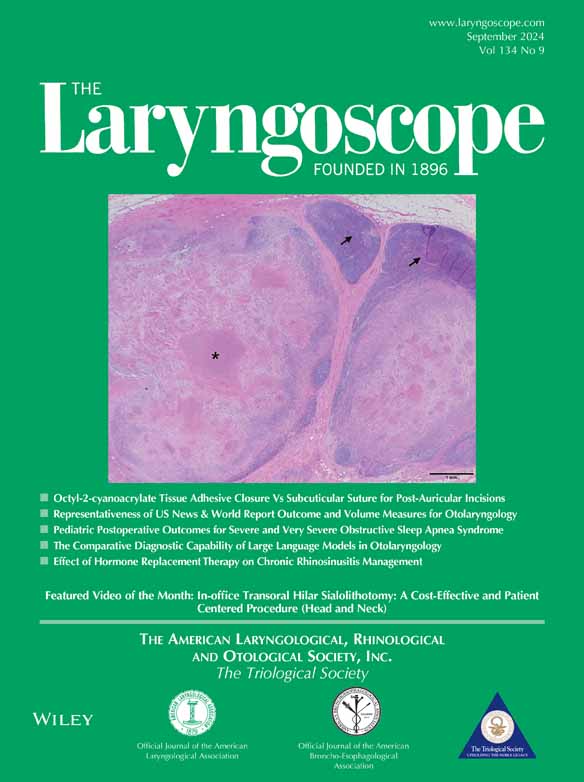Demographic Representation in Clinical Research Relative to a Cochlear Implant Patient Population
This project was supported in part by a research grant from MED-EL Corporation. AGD and MTD are supported by a research grant from MED-EL Corporation. KDB and ABO serve on advisory boards for Advanced Bionics and MED-EL Corporation and are consultants for Cochlear Corporation.
The authors have no other funding, financial relationships, or conflicts of interest to disclose.
Abstract
Objectives
Research samples that are representative of patient populations are needed to ensure the generalizability of study findings. The primary aim was to assess the efficacy of a study design and recruitment strategy in obtaining a participant sample that was representative of the broader cochlear implant (CI) patient population at the CI center. A secondary aim was to review whether the CI recipient population was representative of the state population.
Methods
Demographic variables were compared for a research participant sample (n = 79) and the CI patient population (n = 338). The participant sample was recruited from the CI patient population. The study design included visits that were at the same location and frequency as the recommended clinical follow-up intervals. The demographics for the combined group (participant sample and patient population) were then compared to the reported demographics for the population in North Carolina.
Results
There were no significant differences between the participant sample and patient population for biological sex, age at implantation, racial distribution, socioeconomic position, degree of urbanization, or drive time to the CI center (p ≥ 0.086). The combined CI recipient population was significantly different from the North Carolina population for the distributions of race, ethnicity, and degree of urbanization (p < 0.001).
Conclusion
The study design and recruitment strategy allowed for recruitment of a participant sample that was representative of the CI patient population. Disparities in access to cochlear implantation persist, as supported by the significant differences in the combined CI recipient population and the population for our state.
Level of Evidence
3 Laryngoscope, 134:4101–4110, 2024




